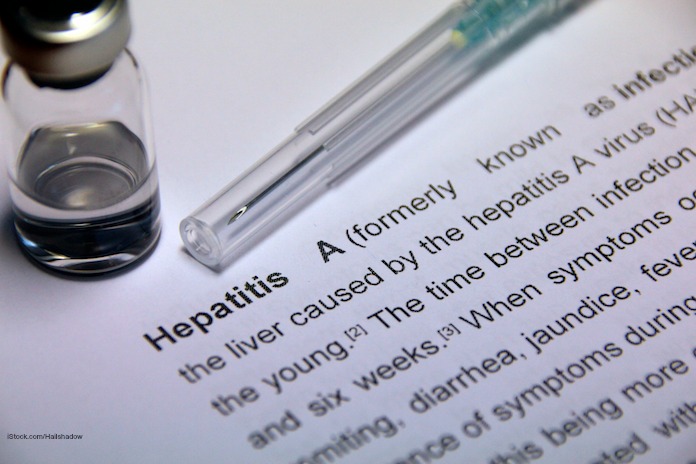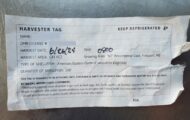The hepatitis A outbreak in Hawaii that was linked to frozen raw scallops imported from the Philippines has now sickened 288 people as of October 5, 2016. That is an increase of six new cases since the last update on September 28, 2016.

Seventy-one people, or 25%, have been hospitalized because their illness is so severe. Most of those sickened live on Oahu. Ten of the patients live on Hawaii, Kauai, or Maui, and six were visitors who have returned to the mainland or overseas.
The 50-day incubation period from the date the scallops were embargoed has passed, but secondary infections can still occur. In addition, some people who were sickened earlier may decide to see a doctor now. Secondary cases have been rare in this outbreak, according to the Hawaiian Department of Health, and have been limited to close contacts or household members of primary cases.
There have been some businesses that had food service employees who were diagnosed with this illness. As time passes and the dates of service pass the 50 day incubation period, some of the businesses have been removed from the Hawaii DOH website. The outbreak has not been linked to those illnesses in any way, but anyone who ate at those establishments on the date the ill worker was working are at risk, however slight, of catching this disease. The restaurants still on the list are Zippy’s Restaurant in Kapolei on Oahu, Harbor Restaurant at Pier 38 in Honolulu on Oahu, Ohana Seafood at Sam’s Club in Pearl City on Oahu, and Chart House Restaurant in Waikiki, Oahu.
The Hawaii Department of Health identified raw scallops that were served at Genki Sushi restaurants on Oahu and Kauai as a likely source of this outbreak. That product, Sea Port Bay Scallops that originated in the Philippines was distributed by Koha Oriental Foods. Genki Sushi restaurants were closed for some time for cleaning, but have since reopened.
There may still be some secondary infections diagnosed, but the outbreak is slowing down. If you do experience symptoms of hepatitis A, see your doctor.
Those symptoms include jaundice (yellowing of the eyes and skin), fatigue, fever, loss of appetite, weight loss, dark urine, and clay colored stool. Most people get better within a few weeks, but some, especially the elderly, those with liver disease, and anyone with a compromised immune system, can become seriously ill. Some people can feel sick for months.
The best way to prevent the spread of this virus is to stay home from work and school if you are sick, and to wash your hands thoroughly with soap and water after using the bathroom and before preparing food and drink for others. These rules apply all the time, but especially during an outbreak.
Unfortunately, people with this illness are most contagious for two weeks before symptoms even appear, so they can spread it unknowingly. It’s particularly important that anyone working with food, in schools, or in the health care system stay home when they are sick. If you do work in these industries, consider getting a hepatitis A or immune globulin vaccination to protect yourself and others.




